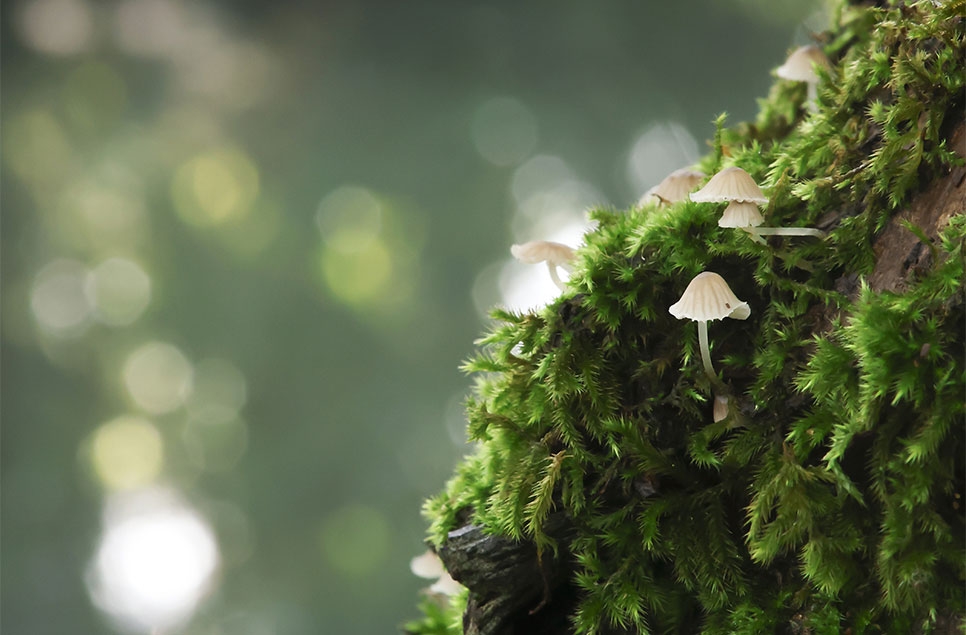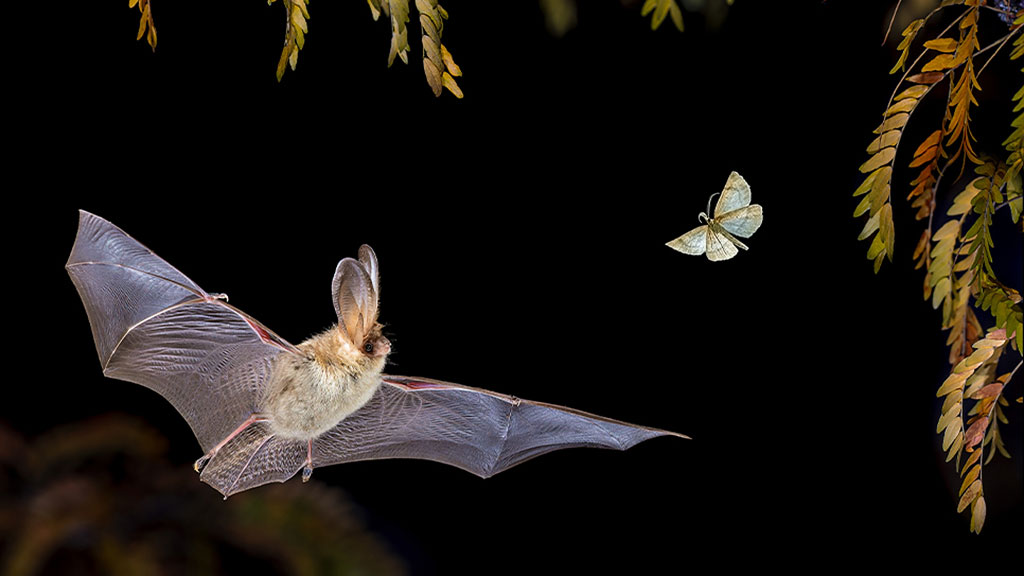How to create a wetland wildflower meadow: A blooming brilliant guide
Got a tricky patch in your garden where nothing seems to thrive — maybe it's always damp, or a bit boggy. Instead of fighting it, why not work with what you've got?
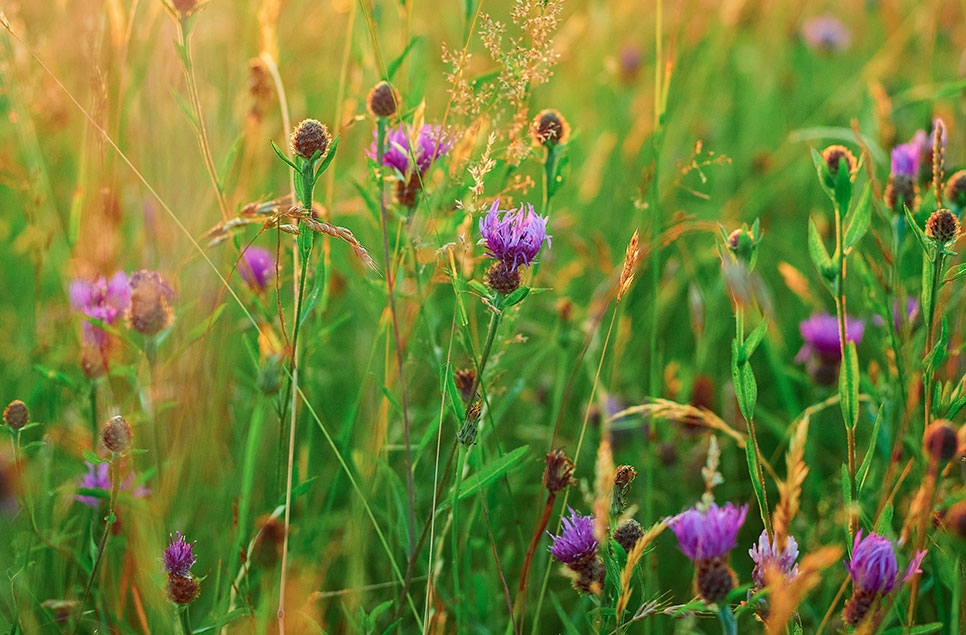
That overlooked corner could become something magical: a native wildflower meadow, buzzing with bees, brimming with colour, and humming with life. Whether you’ve got a waterlogged lawn, a boggy field, or just a few square metres by the pond, here’s how to turn it into a wildlife paradise.
Step 1: Get to know your ground
Native wetland wildflower meadows thrive in damp, nutrient-poor soils - the kind that are a bit soggy after rain or even flood a little in winter. Perhaps surprisingly they can also cope with dry conditions in summer. Check your patch and ask yourself: is it naturally wet or poorly drained? Is it often damp? Are rushes or sedges already creeping in? If the answer’s yes - you’ve got yourself a perfect canvas!
Step 2: Choose the right plants (nature will thank you)
Not all wildflowers love wet feet. But some absolutely live for it - and they’re brilliant for wetland wildlife. Here are a few wet-loving wildflower heroes and who they help:
These plants can cope with damp feet:
Ragged robin
A fluttery pink beauty that’s beloved by long-tongued bees and butterflies like the marsh fritillary.
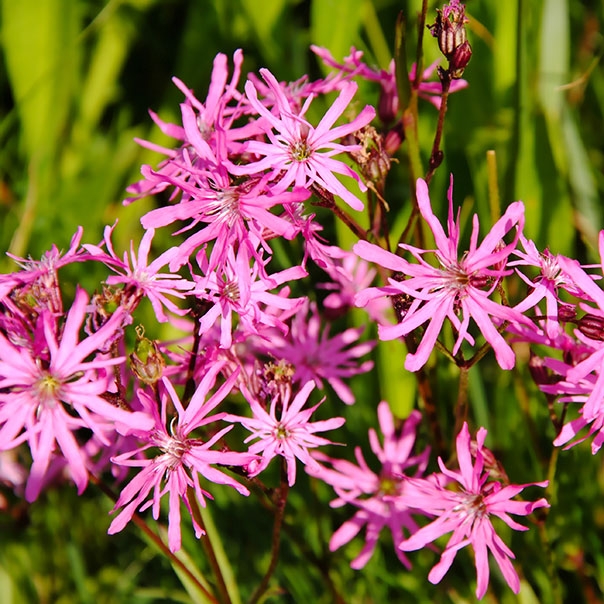
Marsh marigold
Bright golden flowers in early spring; one of the first lifelines for pollinators emerging from hibernation.
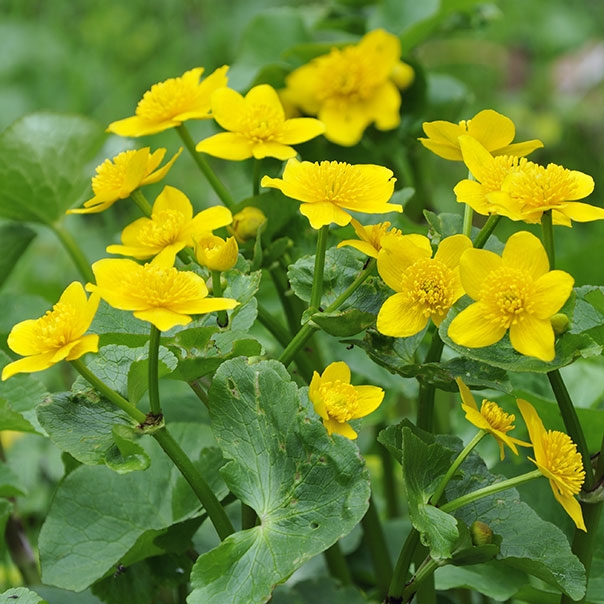
Water mint
Smells divine, looks lovely, and its flowers are irresistible to butterflies, beetles, and bees.
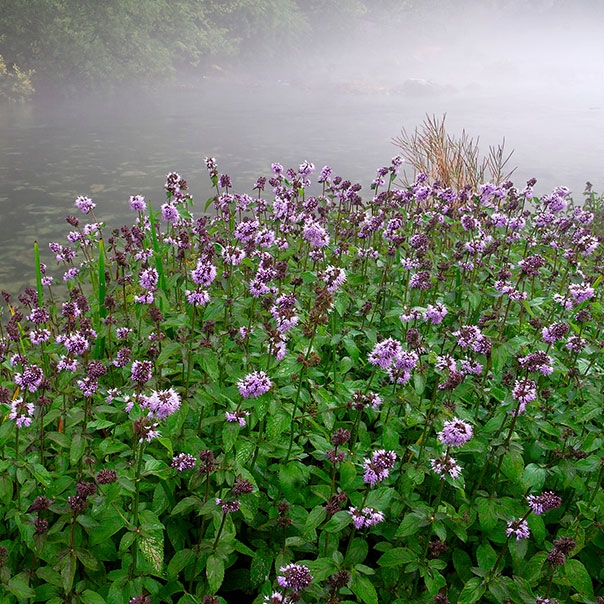
Purple loosestrife
Tall, vibrant spikes of colour loved by pollinators and excellent cover for frogs and newts.
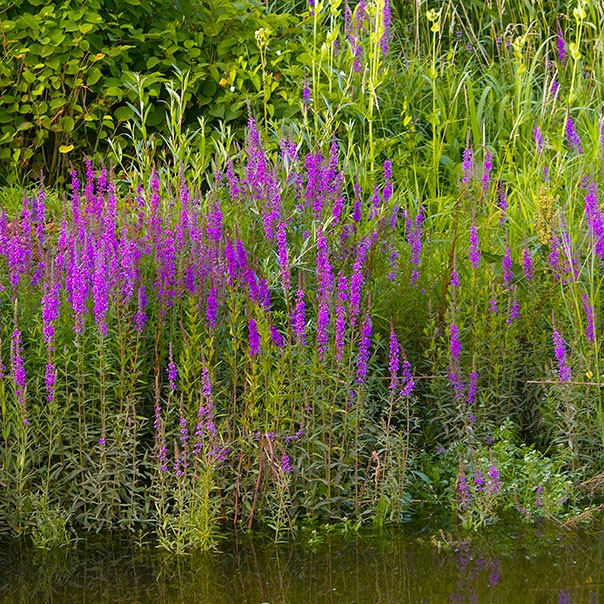
These like damp but not consistently wet soils:
Meadowsweet
Smells like honey and vanilla; attracts hoverflies and provides nectar for bees.
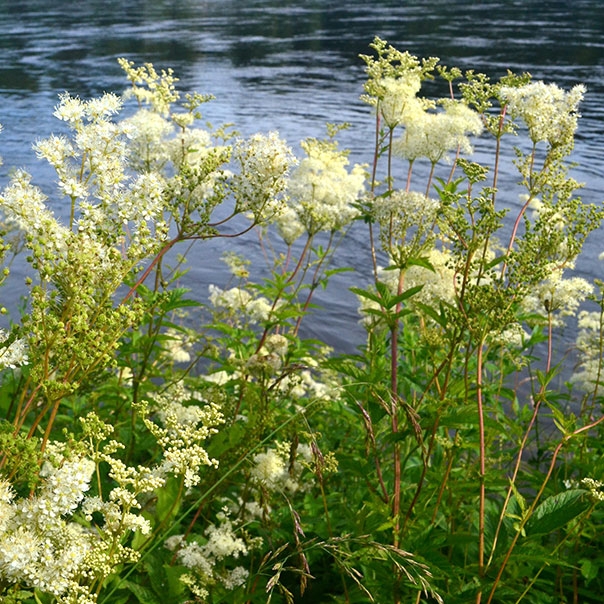
Devil’s-bit scabious
A tall, hardy perennial with blue to pink/purple flowers. The bees will love it and it’s a key food plant of the marsh fritillary butterfly!
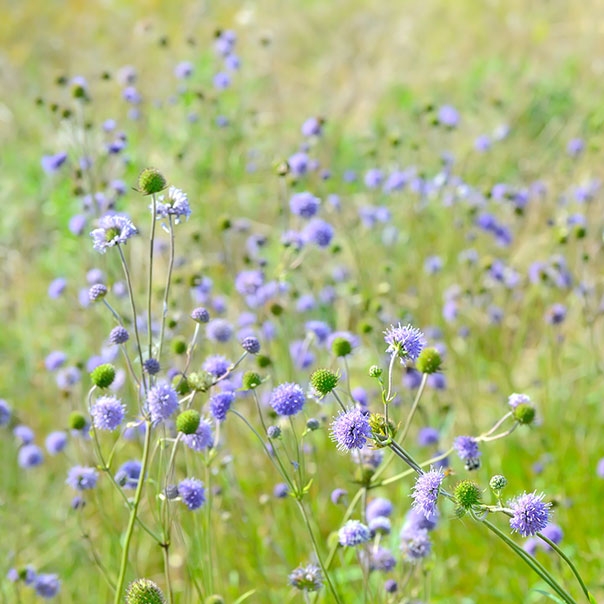
Great Burnet
A striking perennial with elegant, deep burgundy flower spikes. Loved by bees and hoverflies throughout summer.
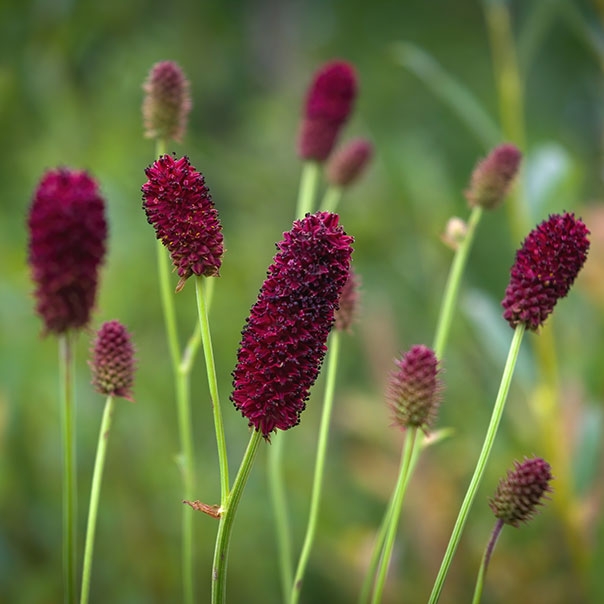
Sneezewort
A hardy perennial with soft white flower clusters that attract pollinators. Said to have a history of inducing sneezes when the root is crushed!
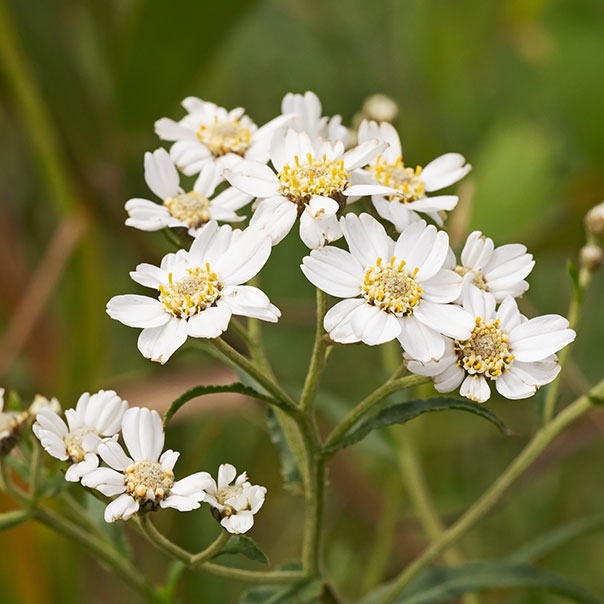
Want to go the extra mile? Add native grasses like tufted hair-grass or creeping bent, which give structure and shelter to ground-nesting birds, amphibians, and insects.
Head to wetlandwildflowers.co.uk for a full plant list.
Step 3: Prepare the ground (Don’t skip this bit!)
Even wet meadows need a good starting point. To give wildflowers a fighting chance: cut back vegetation as short as possible and remove thick grass, weeds, or dominant plants like nettles, docks, and thistles. If you can, expose some patches of bare soil if you are sowing seed, just enough for seeds to settle in. Avoid disturbing the soil too deeply, as this can wake up unwanted weed seeds lurking below.
Top tip: Avoid adding fertiliser. It encourages weeds and coarse grasses to take over.
Step 4: Sow your seeds or plant your flowers
Autumn or early spring is the best time to sow seed or plant flower plugs. Scatter seeds evenly by hand or mix them with dry sand for easier spreading. Lightly tread them in- don’t bury them too deep; most need light to germinate. Plant your plugs in groups of 3 – 5 per square metre. If there’s no rain for a few days, water them in well.
Step 5: Be patient… then celebrate the buzz
Wildflower meadows don’t pop up overnight. In year one, you’ll get some flowers, but year two is where the real magic happens. Keep an eye out for butterflies and bees busy over the blooms, frogs and toads hopping through the damp grasses and dragonflies zipping past like flying jewels. Some birds might even drop in if you're near a larger wetland area!
Step 6: Maintain with a gentle touch
Wildflower meadows don’t need much, but they do like a little love. Cut once a year - late summer or early autumn is best. Remove the cuttings to keep soil nutrients low. Let it grow wild the rest of the year. That’s when nature moves in. And be careful when mowing as small mammals, amphibians and reptiles might be hiding in the grass. Some birds nest in larger wet meadows, so don’t mow until after the beginning of August.
Why it matters
By creating a native wetland wildflower meadow, you’re doing more than just adding beauty - you’re building a lifeline. Wetlands are some of the most threatened habitats on Earth.
Every plant you add creates a ripple effect for pollinators, amphibians, birds and beyond. And you're helping to hold water in the landscape - a natural defence against floods and droughts. It’s wild, it’s wonderful - and it starts with just one soggy patch.
Ready to get started?
You can buy our sustainably grown native wildflower plant plugs from our wetland centre at WWT Slimbridge, grown in our own poly-tunnel by a team of dedicated volunteers. The team grow plants that will thrive in wet or dry conditions. Delivery is also available.
Find out more
